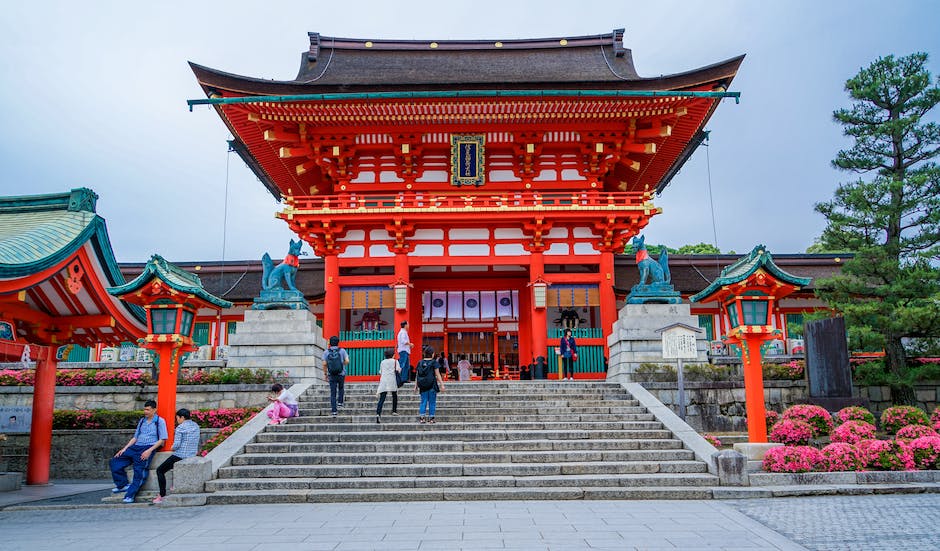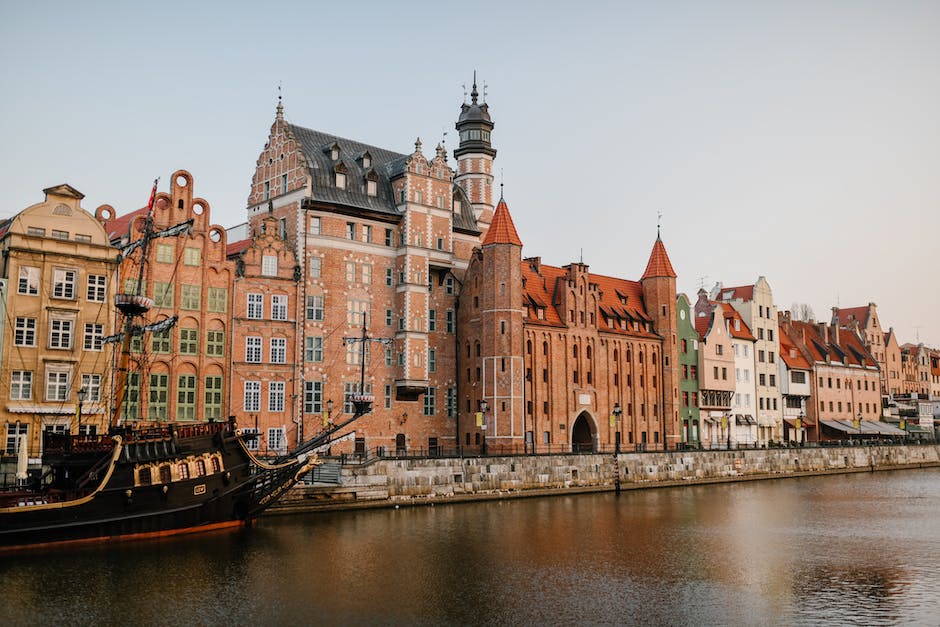As we continue our historical exploration, let’s take a look at one more important element that played an integral part in shaping cannabis culture in America — the use of marijuana. It is quite possible that some of the concepts surrounding cannabis today were inspired by discoveries made during earlier times.
For example, many people believe that smoking weed makes you healthier than when it was first smoked. This theory actually came from observations of the health benefits of using tobacco. Back in the early 1900s, most smokers used plain or flavored tobaccos that had added chemicals such as caramel to make them taste better.
Some of these additives are known carcinogens; so much so that just because they are used in cigarettes does not mean smoking them is safe! Since then, there have been several studies done about the effects of tobacco smoking on overall health. These studies found that while tobacco may help relieve stress, it can also increase risk of cancer and other diseases.
Cannabis has similar compounds called cannabinoids that promote sleep and reduce inflammation. Because of this, many users feel that smoking pot helps keep them healthy. However, like with tobacco, there are still risks involved with long term usage. The exact same things happen with cannabis as happened with cigarette smoke- organ damage, problems breathing, and heart disease.
Fortunately, due to advances in medicine and research, the worst complications are very rare now.
The Haight-Ashbury

After World War II, large numbers of soldiers were discharged from military service and needed to find new homes and careers. Many took advantage of the growing bohemian culture in America by moving into cities with thriving artistic communities such as San Francisco.
The hippie movement was born out of this desire for self-expression. Hippies would adopt new styles and concepts through art and music and apply them to their lives. An example of this is people’s hair — before the long, curly haired look, there were many different cuts that young artists and musicians adopted.
Many believe that marijuana played an important part in the birth of the hippie movement. People used cannabis to relax and study psychology, which helped shape their understanding of themselves and the world around them.
The hippie subculture flourished throughout the 1960s, but it began to collapse after the Vietnam war. Many veterans who had participated in the drug use culture during the sixties experienced a backlash when they returned home and found that things had changed. They felt that mainstream society did not understand or appreciate what they had been trying to achieve with drugs.
In addition to this, some countries made it more difficult to obtain marijuana due to its popularity. This caused many individuals involved in the earlier psychedelic era to give up on using marijuana completely.
However, despite these setbacks, the cultural impact of the hippie movement has never truly died down.
The Grateful Dead and marijuana
While many people associate the phrase “Grateful Dead” with music, they may be surprised to know that some members were also known for their love of cannabis. Not only did Jerry Garcia enjoy smoking weed during his time as a musician, he even helped popularize it by introducing it into mainstream culture through his song lyrics and public appearances.
You may have heard of one or several songs like “Jerry Was A Good Man” or “Touch Me I’m Famous,” but you probably didn’t hear about another song called “Turn On Love.” This is an interesting track because it features vocals from both Garcia and Bonnie Raitt, famous singer-songwriters who are not typically paired together.
When the two singers sing separately, however, their voices meld beautifully creating what some call a love ballad. According to journalist Chris Lehman, this particular version of the song was inspired by Garcia’s friendship with activist Merry Jane Williams. According to her, she would often turn up at concerts high and invite everyone else there to do the same!
While most musicians wouldn’t agree to perform under such conditions, Garcia seemed to find the idea irresistible so he wrote a catchy melody and adapted the lyrics to fit her style.
The rise of Big Pharma and the War on Drugs
As cannabis moved out of the confines of the medical community and into the hands of people across America, it was still illegal under federal law. This made producing and selling pot difficult as most of the ingredients are naturally occurring compounds.
Business owners who wanted to make money off of weed needed help buying supplies and facilities that were legal. Government agencies such as the DEA would raid businesses looking for marijuana or chemicals used to produce it.
This is how the drug war began. It was heavily influenced by pharmaceutical companies seeking control over natural substances like CBDs and THC.
Big pharma spent large amounts of money lobbying politicians to make laws that incentivize business investment in their products. This way they can protect profit margins by having regulations set up around supply and distribution.
The drug war has been very lucrative for corporations like Monsanto, which makes herbicide-tolerant crops. These plants are designed to die so farmers must buy more pesticide to kill them. More pesticides = more money for Monsanto!
Many activists argue that the war on drugs creates more problems than it solves and just perpetuates racist stereotypes about what people use cannabis for.
History does not repeat itself but it rhymes! If we look back at when cannabis was first legalized, we see some similar trends. For example, police would target minorities for using or possessing cannabis.
There’s also evidence that racism played a role in why certain groups get criminalized more harshly than others for smoking weed.
The rise of the hippie movement

As more people began to explore their inner selves, different ways were invented to help individuals do so. One such way was through meditation. With all the stress in life due to technology and other things, having a tool to reduce mental noise is very important.
Many people begin practicing meditation by focusing on breathing. This can be your own breath or someone else’s depending on what kind of meditation you want to learn.
By thinking about how your body takes in air, you start to focus yourself on what time has come to be known as “the present moment.” By doing this, you are removing past thoughts and experiences from the brain and replacing them with silence.
There are many types of meditations that use different styles of breathing. Some may have you counting down from up, some have you repeating a phrase, and others ask you to think about something related to the practice. No matter which one you choose, just remember to relax and enjoy the silence!
Hippies practiced yoga before cannabis became readily available, but it did not take long for people to connect marijuana with relaxation.
Studies show that CBD (one type of cannabinoid) can promote relaxation and sleep. Many users find they can get enough relief using only small amounts of weed.
Some say that the calming effect comes from the natural THC in cannabis, but there are also theories about individual differences in chemical makeup.
The Summer of Love

During this time, cannabis was more widely accessible due to its growing popularity as an herbal medicine. Many people still believe that consuming large amounts of marijuana will not work, but using it for medical purposes is a different story.
Many physicians now prescribe medicinal levels of THC (the compound found in marijuana which produces a feeling of euphoria) for their patients in order to reduce pain or help with sleep. This is because CBD does not produce those effects and can have opposite results; making the drug a perfect match!
There are many ways to use cannabis for medical reasons, so make sure to do your research before taking any drugs of this nature.
The term “stoner” comes from the word “STONE,” referring to the way someone may look when they are under the influence of THC. Stoners usually pull together all the resources available to them and apply what works to get high.
Cannabis is illegal in the United States
While cannabis has been used for centuries around the world, it became illegal nationwide under the Controlled Substances Act (CSA) of 1970. The federal government placed restrictions on its use by defining it as a dangerous drug with no medical benefits.
Since then, marijuana has once again become legal across America, this time at the state level. Twenty-two states have legalized medicinal use of marijuana, while another eight allow it for recreational purposes. Even more states have decriminalized possession of small amounts of marijuana.
However, Congress continues to resist full legalization due to powerful lobbyists from the pharmaceutical industry and other industries that make money off of the legality of cannabis.
Despite this, people are still very interested in learning about the history of cannabis culture in California. There have been many ways that marijuana has influenced society, and most of them are positive.
Here are some interesting facts you will learn if you are reading this article after the dateline: December 1, 2010. This article’s title is “The History of Marijuana In California.
Medical marijuana

In 1996, Proposition 215 was passed by voters to legalize medical cannabis for certain conditions. It allowed physicians to recommend cannabis to their patients as a medicine with proper proof-of-use documentation.
Since then, over 2 million Californians have been authorized to use cannabis for medical purposes. Many more people are now able to benefit from medicinal pot than ever before.
Certain restrictions apply (like only smoking it or using tinctures), but patients are free to grow their own if they so desire!
Medical cannabis has proven to be quite effective in helping treat a wide range of symptoms and diseases, including pain, nausea, loss of appetite, glaucoma, and more.
It also helps reduce stress levels, which can have positive effects on overall health. Because of this, many doctors agree that medical cannabis is an important part of healthcare.
However, like any other medication, there can still be unwanted side effects depending on who you ask and what condition you’re treating.
The War on Drugs

While cannabis has been used for medicinal purposes around the world, it was not until recently that people began to understand just how powerful this plant can be. It is now understood that some parts of the marijuana leaf contain chemical compounds called cannabinoids.
There are at least thirteen different naturally occurring cannabinoids that play an important role in regulating our health and wellness. These include CBD, THC, CBN, CBC, STCB, CBDA, THCA, DBC, CBGA, GCB, TCCA, DCBA, and OAC.
Many individuals use pure CBD or even CBD-rich hemp oil to help reduce pain, increase sleep, and improve overall quality of life. Others use full spectrum extracts which contain both CBD and other cannabinoids such as THC.
The term ‘full spectrum’ means that there is more than one cannabinoid present. This includes everything from raw flowery buds to oils extracted using processes that preserve the natural chemicals of the plant. Full spectrum products are typically better value due to the higher ratio of CBD to THC.
In fact, medical studies show that CBD alone may have significant benefits in treating certain conditions.





